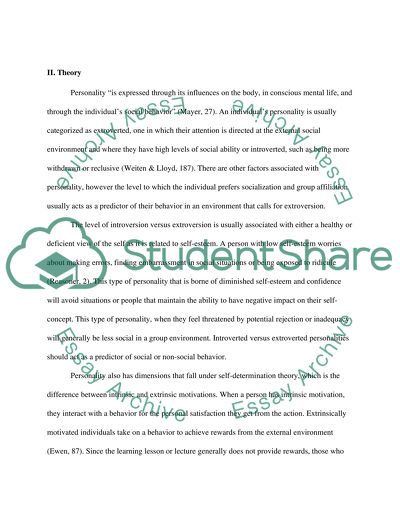Cite this document
(“Students who Participate in Class vs Students who are Quiet and Just Case Study”, n.d.)
Retrieved from https://studentshare.org/psychology/1427174-people-who-participate-in-class-vs-people-who-are
Retrieved from https://studentshare.org/psychology/1427174-people-who-participate-in-class-vs-people-who-are
(Students Who Participate in Class Vs Students Who Are Quiet and Just Case Study)
https://studentshare.org/psychology/1427174-people-who-participate-in-class-vs-people-who-are.
https://studentshare.org/psychology/1427174-people-who-participate-in-class-vs-people-who-are.
“Students Who Participate in Class Vs Students Who Are Quiet and Just Case Study”, n.d. https://studentshare.org/psychology/1427174-people-who-participate-in-class-vs-people-who-are.


